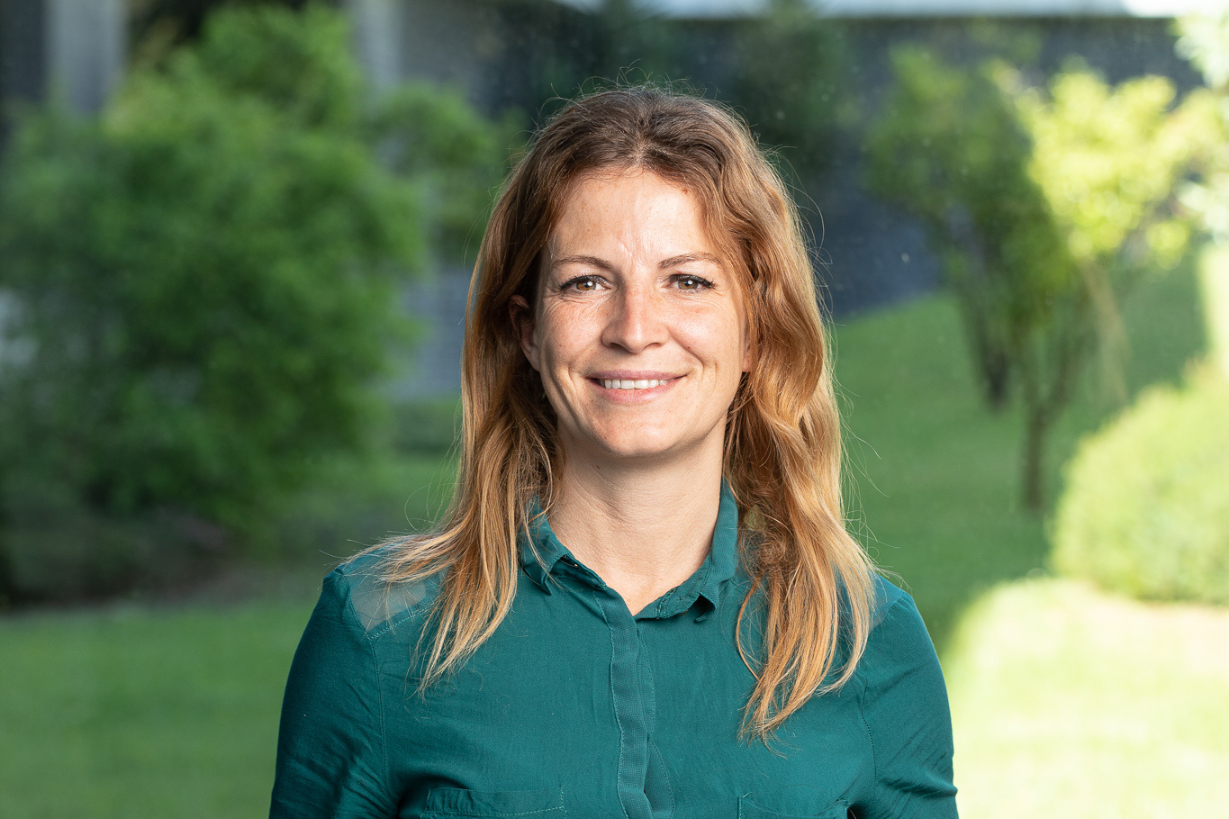ICVS researcher Joana Cabral and Noam Shemesh from the Champalimaud Foundation are the authors of the study, published today in the scientific journal Nature Communications, that found evidence of resonant waves in rat brain activity using ultrafast and ultrahigh field magnetic resonance imaging. Their work demonstrates from simple fundamental principles how such waves – much in the manner of sound vibrations in a guitar chamber – can form connections between distant brain areas, which are key for healthy brain function.

It’s been over 20 years since neuroimaging studies – using functional magnetic resonance imaging (fMRI), a widely-used technology to capture live videos of brain activity – have been detecting brain-wide complex patterns of correlated brain activity that appear disrupted in a wide range of neurological and psychiatric disorders. These patterns form spontaneously, even at rest when no particular task is being performed, and have been detected not only in humans but also across mammals, including monkeys and rodents.
A number of theoretical works had proposed that these patterns could be explained by standing waves (whose peaks and troughs do not move in space) resonating in the brain structure – that is, by waves analogous to the modes of vibration in musical instruments. But there was little experimental evidence to support this hypothesis due to the poor temporal resolution of fMRI, reaching only an image or two per second. “If we could find that the spatial patterns oscillate, this would provide evidence supporting the resonance hypothesis” says Joana Cabral.
So what the team did was to speed up image acquisition, and they discovered that the signals in distant brain regions actually oscillate together in time. “These oscillatory patterns look like a higher-dimensional analogue of resonance modes in musical instruments; they are akin to reverberations, to echoes inside the brain”, says the ICVS researcher.
The new study thus strongly points to a key role for these resonant waves, or modes, in brain function. These resonant phenomena, the authors believe, are at the root of the coherent, coordinated brain activity that is needed for normal brain function as a whole.
“Our study also provides a new ‘lead’ in looking at disease”, corroborates Shemesh. “We know that long-range brain activity is strongly impacted in disease, but we do not understand why or how. Understanding the mechanism of long-range interactions could lead to a completely new way of characterising disease and hinting on the type of treatment that may be necessary: for example, if a specific resonant mode was missing from a patient, we might want to find ways to stimulate that particular mode.”
More work will obviously be needed to confirm all these results, the researchers agree, and whether they are replicable in humans. But “once we understand better the nature of functional networks, we can design informed strategies to modulate these network patterns”, says Cabral.
This is precisely the subject of the researchers’ new project, “BRAINSTIM: Predicting stimulation strategies to modulate interactions between brain areas”. Funded by the “la Caixa” Foundation and the Portuguese bank BPI, with 300,000 euros, it is a collaboration between the Life and Health Sciences Institute of the University of Minho and the Champalimaud Foundation – and its aim is to better understand the impact of distinct pharmacological and electromagnetic brain stimulations in the modulation of these macroscale oscillatory modes.
* text based on the Press Release written by Ana Gerschenfeld, Health&Science Writer of the Champalimaud Foundation.







